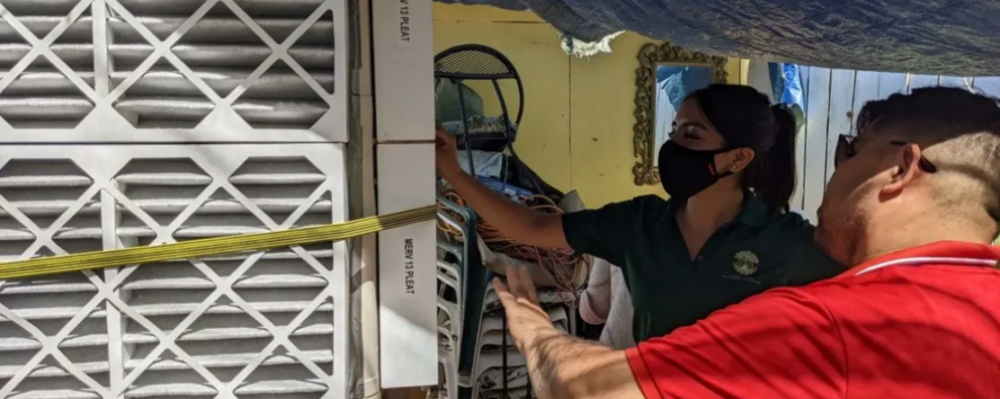
The Cost of Premature Birth from Preventable Air Pollution in California
-
Focus Areas
Environmental Health, Women, Youth & Children -
Programs
Tracking California

Air pollution can have serious effects on health, starting from the very first stages of life.
Research has shown that air pollution can increase a mother’s risk of premature birth—medically known as ‘preterm birth’ for infants born before 37 weeks of gestation. It has also suggested that unequal exposure to pollution is one reason for racial disparities in premature birth, and that reductions in air pollution may greatly benefit impacted communities.
- 3,000 premature births
- $170 million in medical costs
- $980 million in lost lifetime earnings
Reducing air pollution is an important strategy for preventing premature birth. CEHTP makes information on air pollution’s impact on premature birth more available to communities, air regulators, and policymakers so that they can make informed decisions to reduce air pollution in their communities.
Work With Us
You change the world. We do the rest. Explore fiscal sponsorship at PHI.
Support Us
Together, we can accelerate our response to public health’s most critical issues.
Find Employment
Begin your career at the Public Health Institute.


